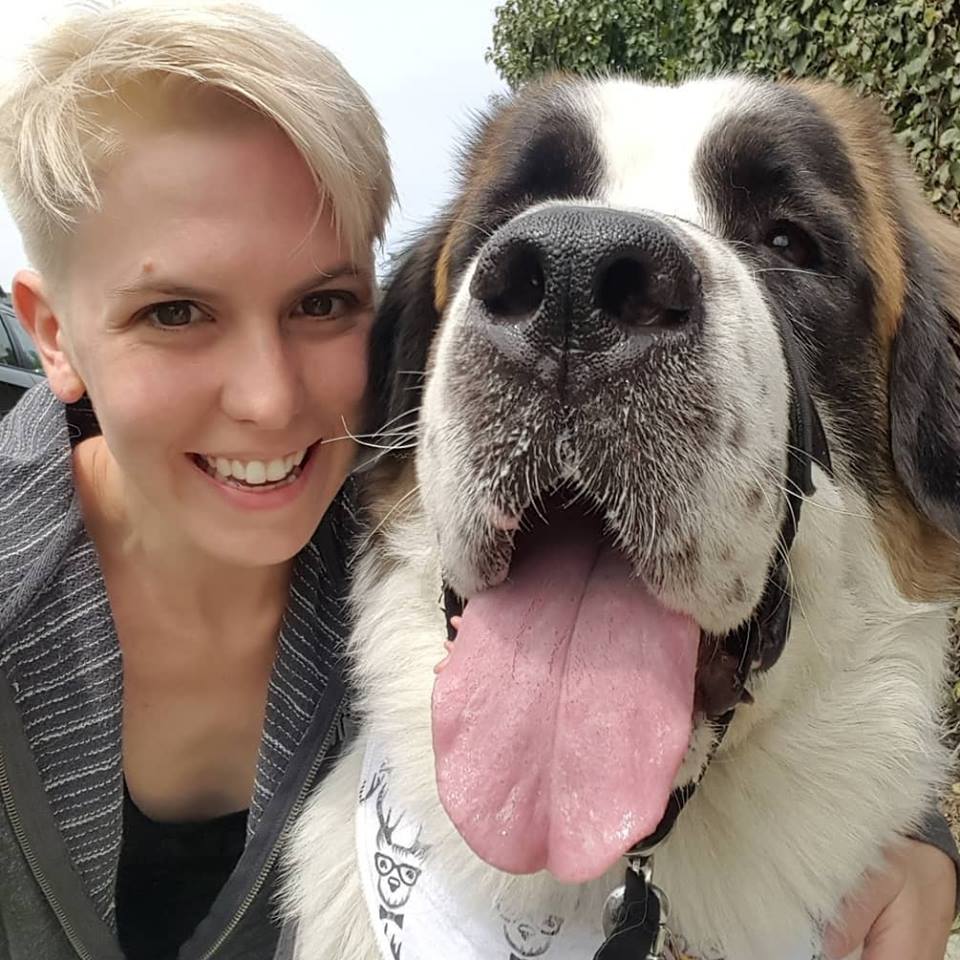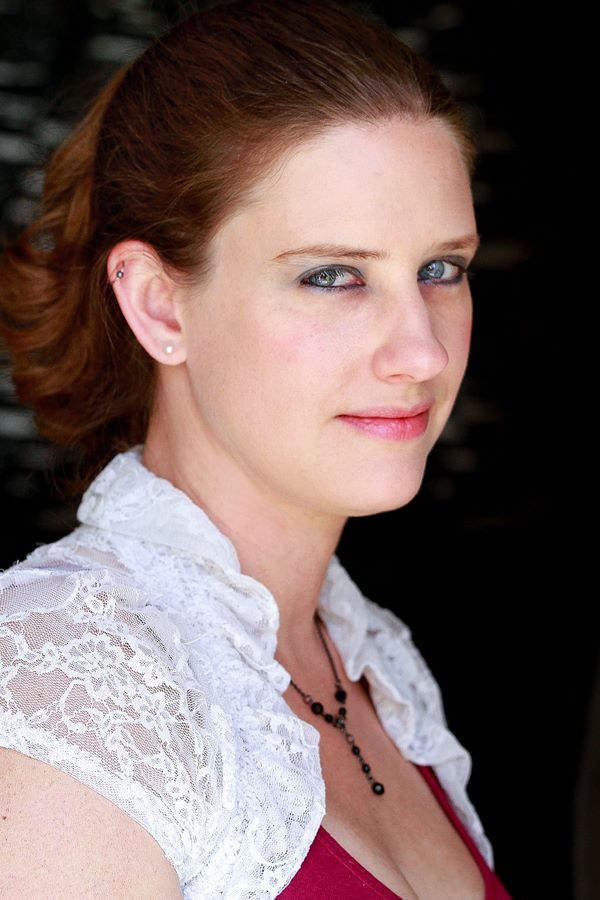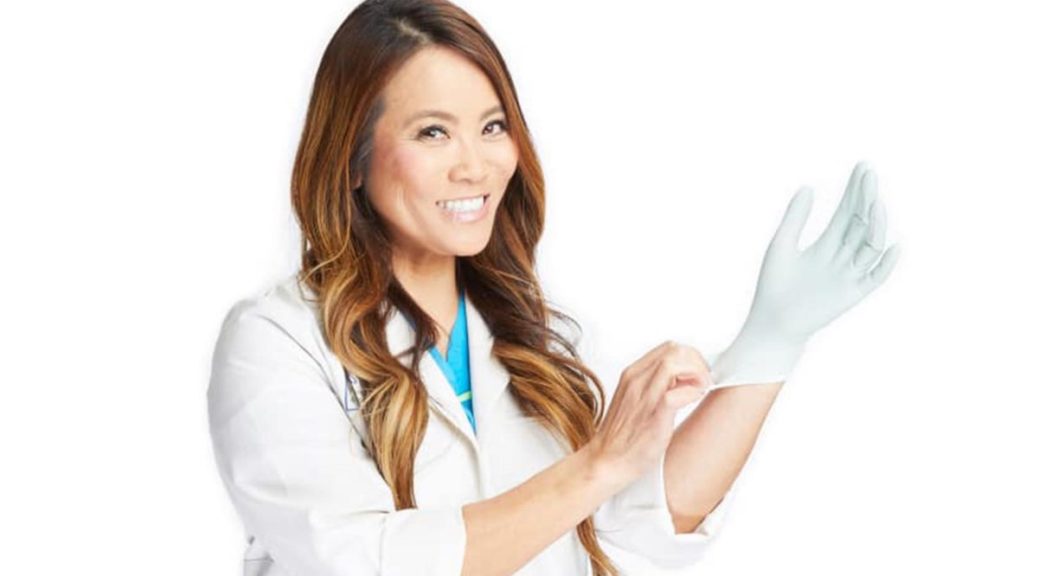A look at the nightmarish monstrosity of Sabrina’s satan!
Movie depictions of Satan are generally pretty lame — he’s either portrayed as generically seductive (Devil’s Advocate, End of Days) or she’s portrayed as seductive (Bedazzled), or Mel Gibson makes it a woman with a snake in her nostril (Passion of the Chris). Black Phillip, morningstar of my favorite wish-fulfillment fantasy The Witch, never really showed his true self, and I’m still sore about it. Not so with Netflix’s Chilling Adventures of Sabrina. Satan is the the goat-headed, cloven-hoofed, full-bodied patriarchal monster of my nightmares, and I love it.

Look, you can come at me with your Biblical knowledge that Satan is supposed to be tempting and attractive, the beautiful angel fallen from grace. I know. I definitely Sunday School’d better than you, trust. But at the end of day, the seductive nature of sin, the frailty of temptation, they have no place in the world of Sabrina (or, quite frankly in any of the non-Witch movies I listed above). In her world, the Father of Lies, the Dark Lord Himself, should be as scary as the evil he is meant to embody.
Sabrina’s quiet little town of Greendale is home to a Satanist coven. Although primarily populated by women, the men have most of the seats of power, handing down orders from the Dark Lord with supreme authority. This literal goat, like all mediocre men who’ve risen to power on their own arrogance, believes himself the metaphorical GOAT and pushes that fantasy like herpes by taking advantage of women who wanted a sense of safety. Typical. And not so different from it’s alleged opposite, the Christian church. It’s almost laughable in its transparency, in the same way that seeing a horned monster in an otherwise melodramatic show invokes that same tickling unease.
The show itself has struggled with tone in the first half of its first season, but Satan is a welcome constant. He reveals himself to his demon-wife at the end of episode one in all his animalistic glory. It’s what kept me watching. Even when he’s not on screen, his presence is felt in a big way — the same way patriarchy colors all of our communal social interactions whether we wish to acknowledge it or not. Rather than trying to make him all things Evil, the creators of Sabrina made the devil a clear metaphor for the biggest evil plaguing Sabrina and her friends — unchecked misogyny.
While I would never pledge my loyalty to this monster, I am excited to see where he takes Sabrina as more of her Chilling Adventures hit Netflix.


Samantha Garrison belongs to a Saint Bernard named Laddi, so her life is an endless stream of drool. She believes in Ewoks, the true saviors of the galaxy far far away, Tilda Swinton, and a world without Jurassic Park sequels.






